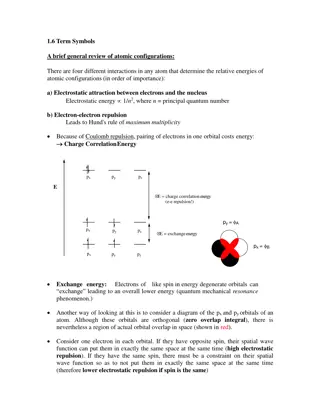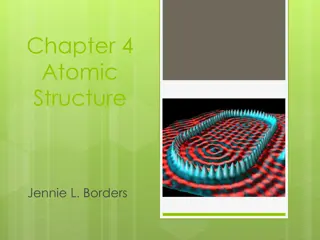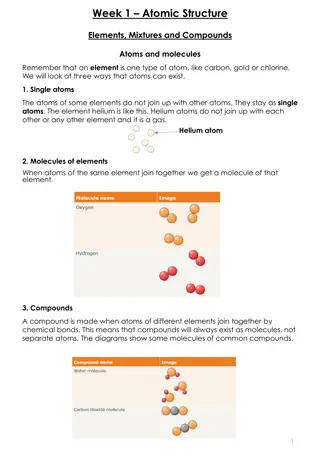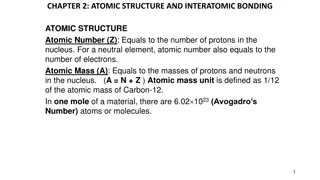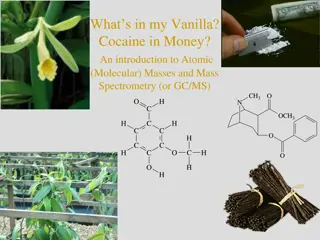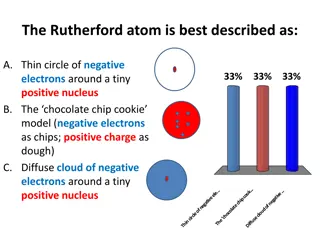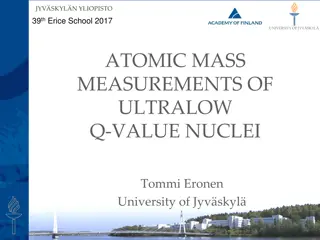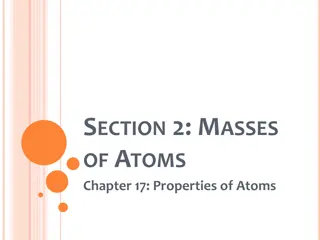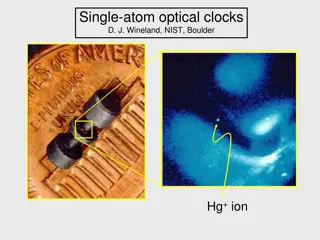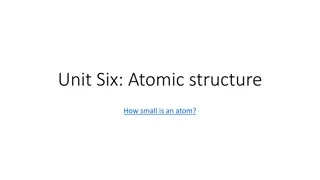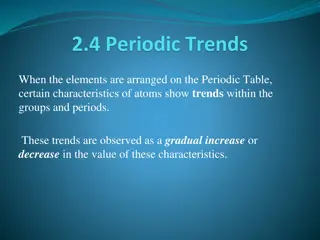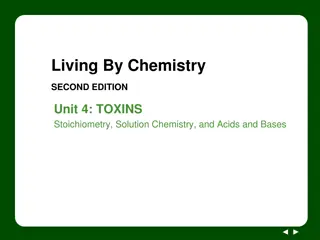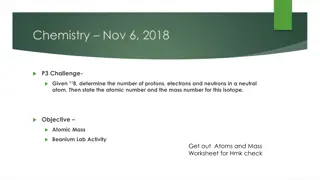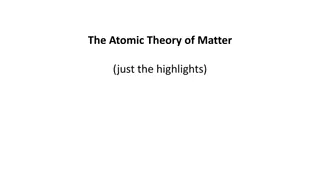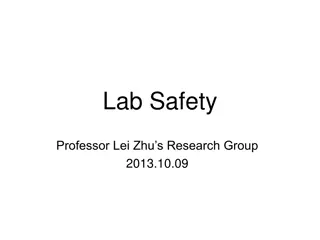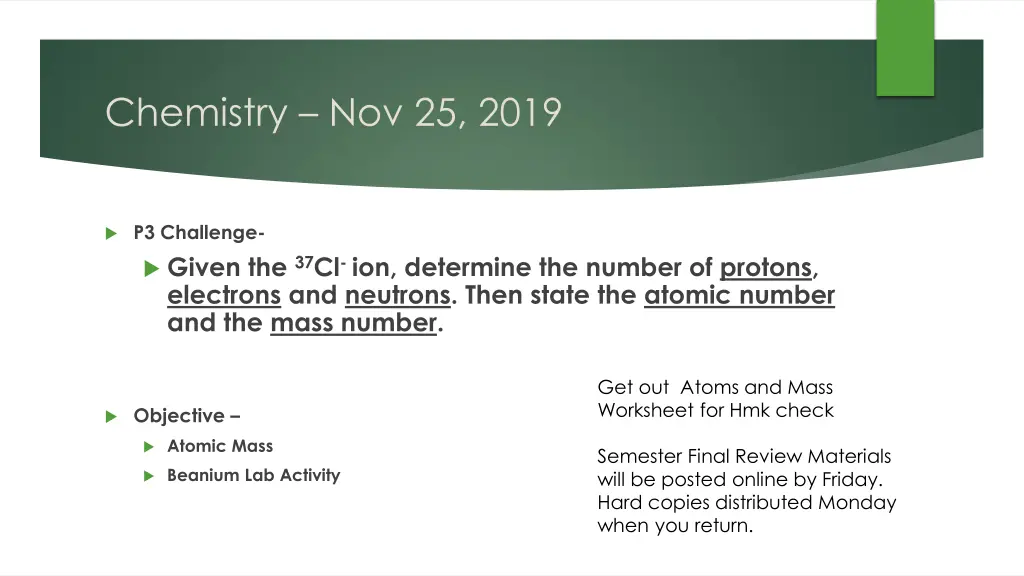
Chemistry Atomic Structure and Beanium Lab Exploration
Discover the atomic structure of the 37Cl ion and explore isotopes with the Beanium Lab Activity. Calculate atomic mass, percent abundance, and more in this engaging chemistry session.
Download Presentation

Please find below an Image/Link to download the presentation.
The content on the website is provided AS IS for your information and personal use only. It may not be sold, licensed, or shared on other websites without obtaining consent from the author. If you encounter any issues during the download, it is possible that the publisher has removed the file from their server.
You are allowed to download the files provided on this website for personal or commercial use, subject to the condition that they are used lawfully. All files are the property of their respective owners.
The content on the website is provided AS IS for your information and personal use only. It may not be sold, licensed, or shared on other websites without obtaining consent from the author.
E N D
Presentation Transcript
Chemistry Nov 25, 2019 P3 Challenge- Given the 37Cl-ion, determine the number of protons, electrons and neutrons. Then state the atomic number and the mass number. Get out Atoms and Mass Worksheet for Hmk check Objective Atomic Mass Semester Final Review Materials will be posted online by Friday. Hard copies distributed Monday when you return. Beanium Lab Activity
Chemistry Nov 14, 2019 Agenda Homework Review Atomic Mass Beanium Lab Activity Three isotope names of beans are like chocolates: White, Milk, and Dark Assignment: - Beanium Lab Activity questions
Atomic Mass Given the symbol m Average atomic mass of the atom in amu (decimal value) Weighted average Decimal Number below the symbol on the periodic table. Each isotope has its own atomic mass For any sample of an element, the particular isotopes present will reflect to natural abundance of each type of isotope found on earth.
Percent Abundance Percent abundance: given of a sample of Neon atoms, how many will be a given isotope. Ex: Ne-20 90.48% Ne-21 0.27% Ne-22 9.25% Each isotope has its own mass: 19.992440, 20.993847, 21.991386 http://www.chem.ualberta.ca/~massspec/atomic_mass_abund.pdf
Average Atomic Mass Atomic Mass on periodic table is a weighted average. To calculate atomic mass Let Mn= the mass of isotope n (amu) Let abn= the relative abundance of isotope n (percent as a decimal) = Atomic mass M ab ) ( + ) ( + ( )( )( )( )... M ab M ab 1 1 2 2 3 3 = Ne ( 19.992440 )(0.9048) (20.993847)(0.0027) + + ( 21.991386 )(0.0925)
Beanium Lab Beanium is an element consisting of three kinds of beans (isotopes) White chocolate beans Milk chocolate beans Dark chocolate beans You will receive a sample of Beanium that is a mixture of isotopes and become a bean counter You will measure the percent abundance of each type of bean and the average mass of each type of bean (% abundance = # white/total # x 100) You will use this percent abundance and average mass data to calculate the average atomic mass of Beaninum.
Exit Slip - Homework Exit Slip: Clean up your lab space with a zero impact from when you came in. What s Due? (Pending assignments to complete.) Atoms Ion and Mass Worksheet. (#5 and 6) Beanium Lab Activity questions What s Next? (How to prepare for the next day) Read Holt p84 - 88

